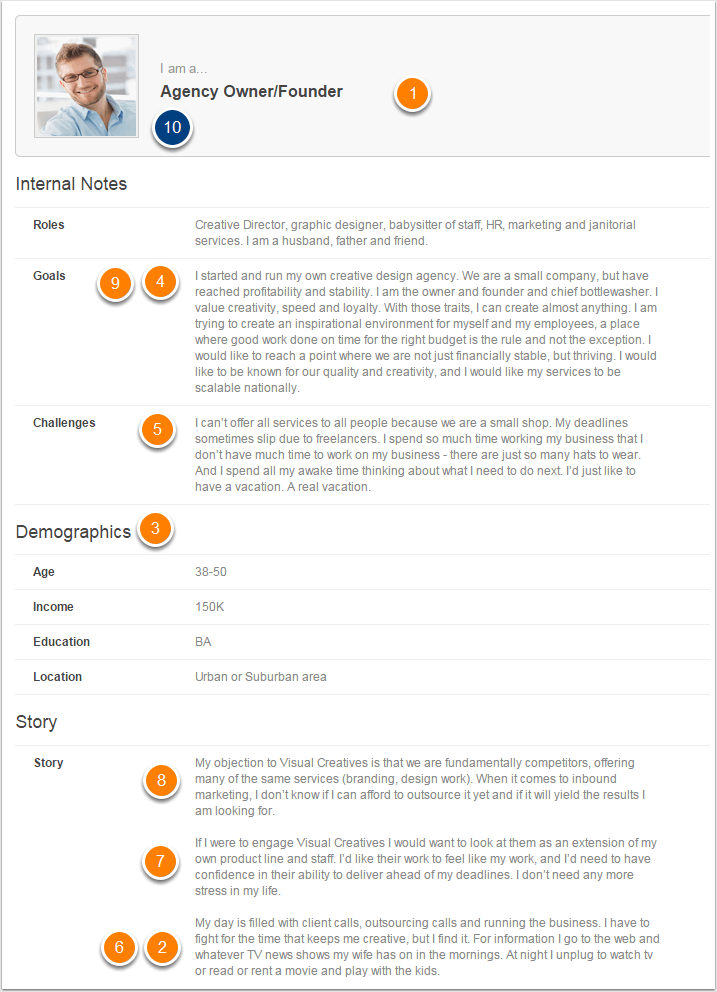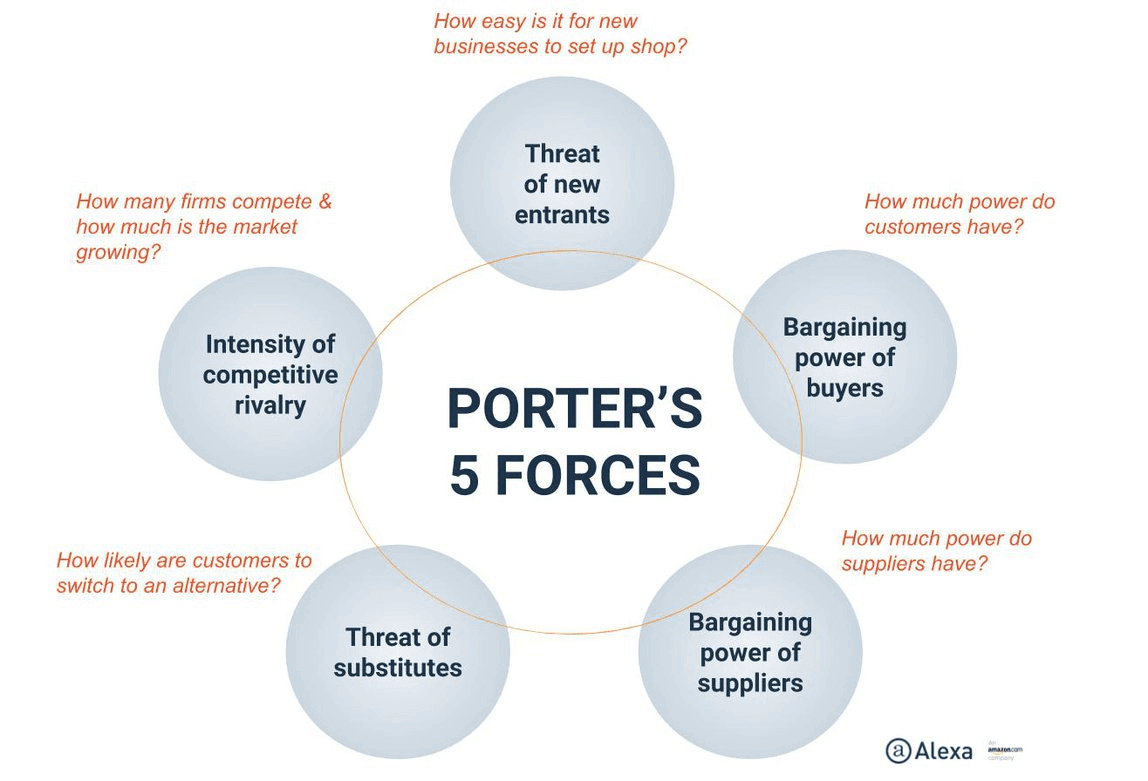1. Know your product
2. Know your customer
3. Personalize your message
4. Use a story
5. Use emerging technology
244% higher open rate than average. 330% increase in revenue per mailing. 161% increase in click rate.

We’ve emailed you instructions for resetting your password.
Don't forget to check your spam folder.
Your password has been changed succesfully.
Enter the 6-digit code we sent to
You’ll get full access to all features and 10GB storage. No credit card required.
You’ll get full access to all features and 10GB storage. No credit card required.
Sales Tips
9 min.
X (Twitter)
Telegram
Copy link



No credit card required
X (Twitter)
Telegram
Copy link

Test drive Kommo yourself or schedule a free demo call with us
Test drive Kommo yourself or schedule a free demo call with us